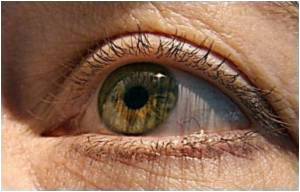
And the most feared predator of the sea - the shark - has inspired the invention, reports the CBS News.
When searching for a way to keep barnacles from sticking to ship hulls, Tony Brennan, a biomedical engineer at the University of Florida, looked to sharkskin that fends off microbes naturally.
He recreated sharkskin surface on plastic sheets, called Sharklet, which has shown positive results in inhibiting marine growth.
Now, if there's a material that even bacteria won't stick to, there's an even bigger customer waiting for it - the healthcare industry.
Shravanthi Reddy, director of research for Sharklet, said the medical community has for a long time been focused on killing as much existing bacteria as possible.
Advertisement
"You can kill 99 percent of them, but that 1 percent that you leave alive is the strongest 1 percent," she added.
Advertisement
Two pieces of plastic - one smooth and one patterned with Sharklet - were subjected to bacteria and incubated for 24 hours.
The researchers found astounding results - the plain plastic was covered with a bacteria film.
"You might see one or two cells, but you don't see that big clumping the way you see it on the smooth surface," said Reddy.
"What's really interesting is that there are no chemical differences between the surfaces. It's the same material. No differences, other than the physical shape," she said.
The researchers hope the material could be an answer to the enormous problem of secondary infections in hospitals, using it in places and objects that are constantly touched - bedside tables, door panels.
Source-ANI















